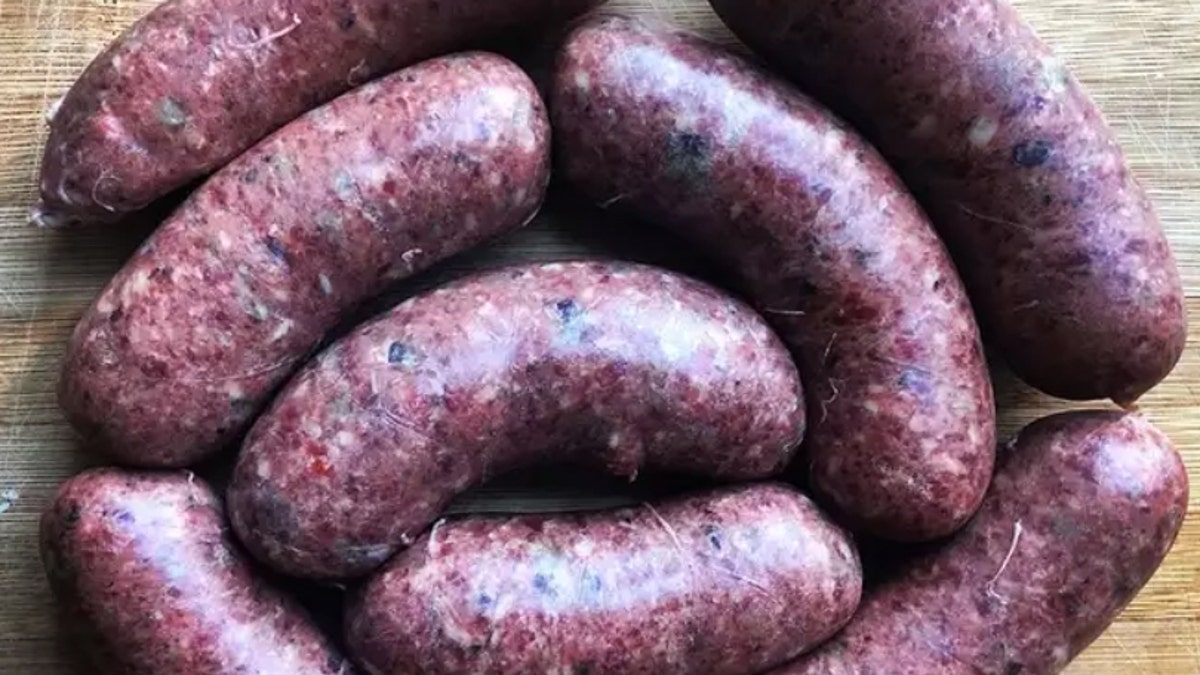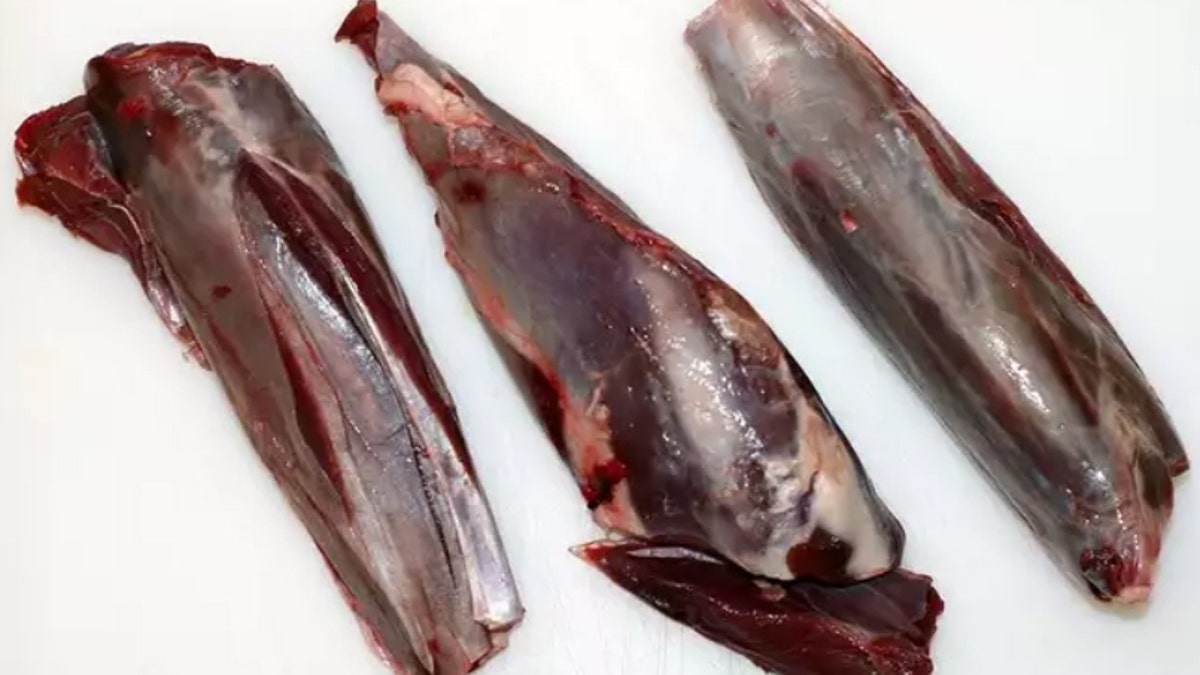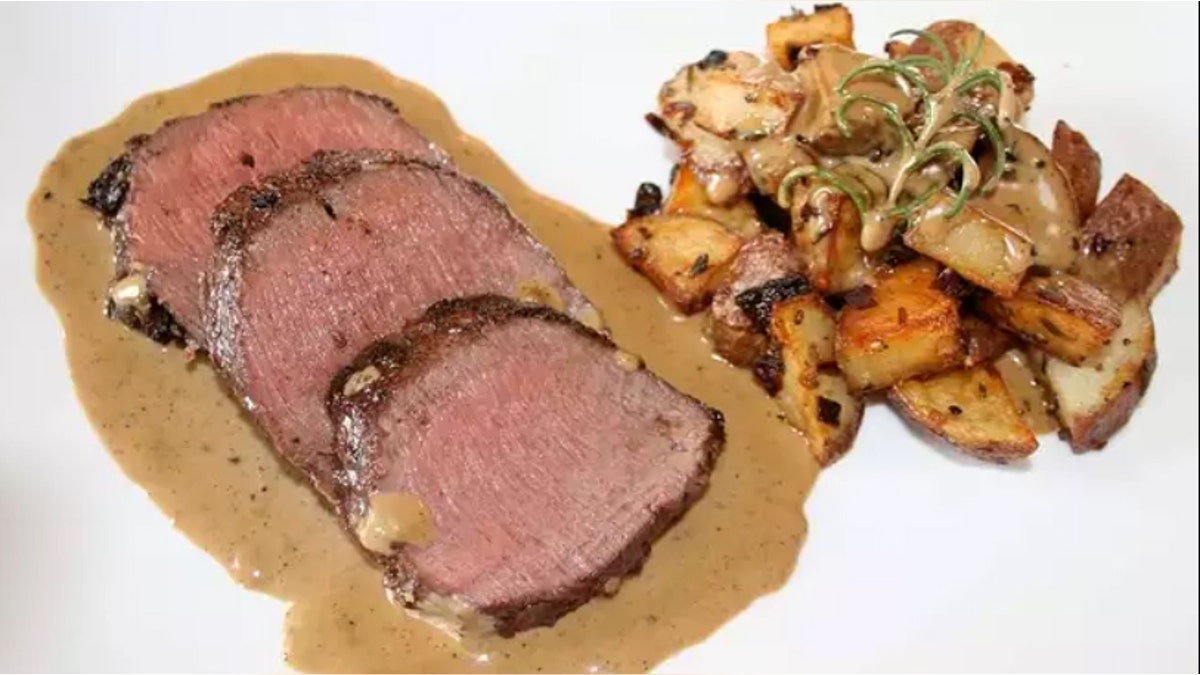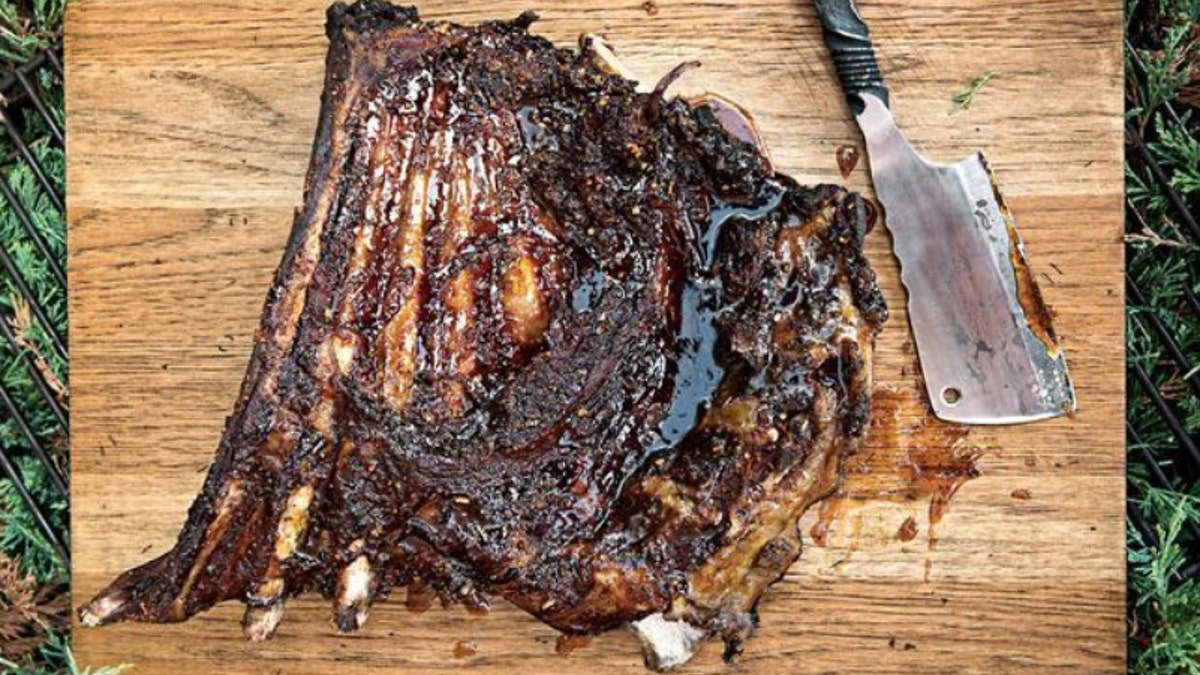
Make the most of your meat with these venison-cooking suggestions from Outdoor Life. (May van Millengen/Outdoor Life)
One of the most frequent questions hunters ask me is how to cook a certain cut of meat. The answer to that question depends not only on the cut, but also your cooking abilities and dish preferences. Which means this cut-by-cut guides is going to be tailored to my culinary tastes, and how I break down my animals.
This is by no means the only way to butcher and cook your cuts, but this is how I get the best results when using the whole deer. There are also some useful guidelines below — regardless of individual preferences — that will hopefully keep folks from attempting to grill shanks or stew backstrap.
NECK
The neck is a giant pain. It is possible, with a lot of practice to de-bone the neck and make a beautiful neck roast. You could also make a bone-in neck roast. Or you could do what most people do, and cut as much away from the bone as possible and grind it all up. Deboning a neck takes skill and time. Ideally, everyone should give it a try on each deer they shoot, if only to practice and hone their knife skills. Even if you mess it up the first few times, you can still grind all the meat so none of it goes to waste. If and when you do master the art of de-boning a neck roast, you’re in for a treat. There’s good amount of connective tissue in the neck, and slowly cooking it for several hours will result in one of the best pot-roast-style cuts on the animal.
10 MISTAKES HUNTERS MAKE WHEN COOKING WILD GAME
FRONT SHOULDERS

(Natalie Krebs)
The front shoulders are the source for most of my ground venison. On really big deer, you can get some nice blade steaks off the front shoulders, but I usually just grind everything on the front legs. I like to make all my own sausages, and my wife really likes plenty of ground venison to cook with instead of ground beef. Although I think a lot of people get stuck in a culinary box when it comes to ground venison, it’s actually one of the most versatile things to have in your freezer. Pretty much anything you could cook with ground beef, pork, or lamb will accommodate a venison substitute, including an endless amount of fresh and smoked sausages. I’ve used it in all varieties of dishes, from lasagna to pot stickers. Just remember that venison doesn’t have the fat content that domestic animals have. If you are going to make burgers, you need to add fat to the meat you grind, mix in some ground beef to the venison patties, or cook your burger medium-rare. If you overcook ground venison in a burger or meatballs, it dries out terribly and produces an off-putting grainy texture.
SHANKS

(Jamie Carlson)
Deer shanks have become my favorite part of the animal. Unfortunately, many people grind the shanks or — even worse — throw them out because they don’t know how to cook them. The shanks are full of connective tissue and sinew, and if you don’t know how to cook them, they end up tougher than shoe leather. But if you treat them to liquid and low heat for long periods of time, you’ll be rewarded with incredibly tender and succulent meat. Osso Bucco is one dish that highlights this. Cutting the shanks into 3-inch sections and leaving the bone-in is one way to cut the shank. My favorite way to prepare them is to cut all the meat off the bone and into 1-inch cubes. I use this meat in all my stews. That sinew and connective tissue melts out of the meat, adding richness to your stew and helping thicken the liquid you are cooking.
A STEP-BY-STEP GUIDE TO VENISON SAUSAGE
BACKSTRAPS

(Jamie Carlson)
I think it is safe to say this is most people’s favorite part of the deer. Easily grilled or fried in a pan, backstrap lends itself to quick and simple preparations. A lot of folks I know like to cut the straps into chops and grill them, but this often doesn’t work for me. Those little chops cook so fast they often end up overcooked. To control that a little better, I leave my backstraps in large chunks. I usually cut each whole strap into three pieces, which leaves me six pieces. Then I package them into two chunks per package for family grilling.
There are several methods for cooking a good backstrap and — at the risk of offending folks — none of them involve wrapping it in bacon. One of my favorite ways to cook them is seared in a pan with a bourbon cream sauce. There are several other methods out there for getting perfectly cooked meat. Perhaps nothing is more precise than the sous vide method, but that requires special equipment and can be time consuming, easy though it is. If you have a smoker or an oven, the reverse sear is another method that will give you wonderful results.
TENDERLOINS
I won’t spend a lot of time on the tenderloins: they are the smallest portion of the deer and, in my opinion, highly overrated. They are typically too small to feed the family and are, at best, one meal for myself. They’re tender, yes, but no more flavorful than any other part of the deer. I will usually eat them while I’m butchering the deer. I cook them simply, just seared in butter with a little garlic, salt, and pepper. Because they are small and very tender, they do lend themselves to wok-style cooking: high heat and cooked very fast.
RIBS

(Krissie Mason)
The ribs are an interesting part of the animal. I don’t do anything special with them, though — I always cut as much meat off the ribs as possible and throw it in my grind pile. But that doesn’t mean you can’t cook them and have great results with them. Case in point: Josh Dahlke’s venison rib recipe was one of the best things I have ever eaten.
For more suggestions on cooking organs, hind portions and steak rounds, continue reading this article at Outdoor Life.




















